
10 Things to Know Before Traveling to Cuba
Cuba…a place where time’s taken a smoke break, vintage Cadillacs are the Uber of choice, and the salsa is as spicy as the dance moves on the street.
But, before you pack your bags and hop on that plane, I’ve got a few tips and tricks to make your trip to Cuba as smooth as the rum that you’ll surely be sipping on. Cuba isn’t your average vacation destination, and there are some things you need to know before you dive headfirst into this revolutionary wonderland.
From the lowdown on why rolling with your own toilet paper is a move of sheer genius, to navigating the money maze, scoring the best souvenirs, to renting a ride that might just be older than you…
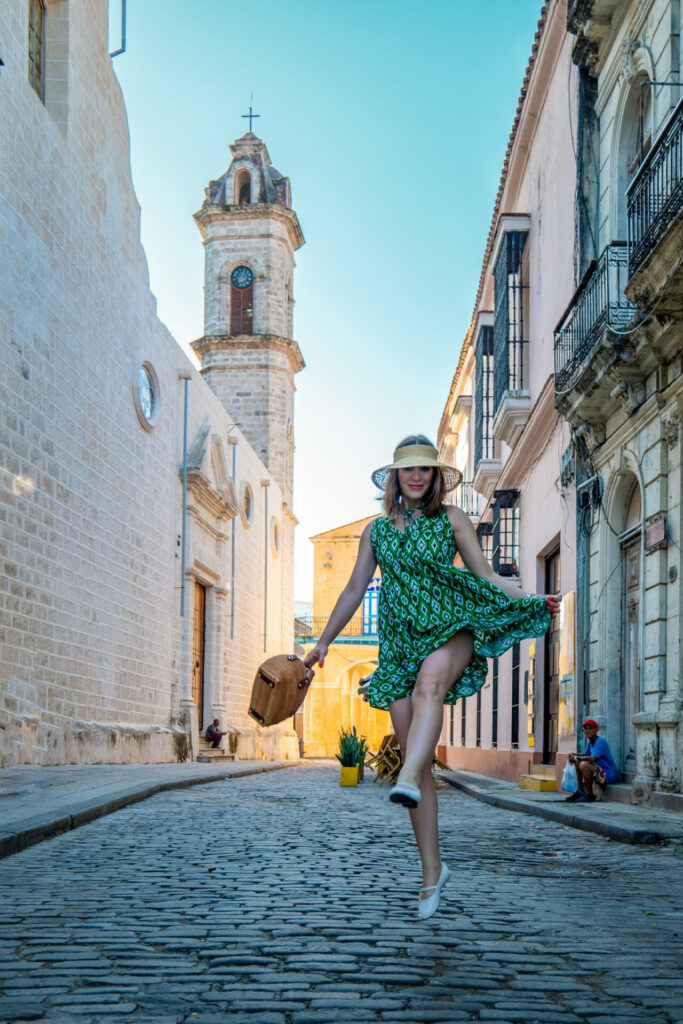
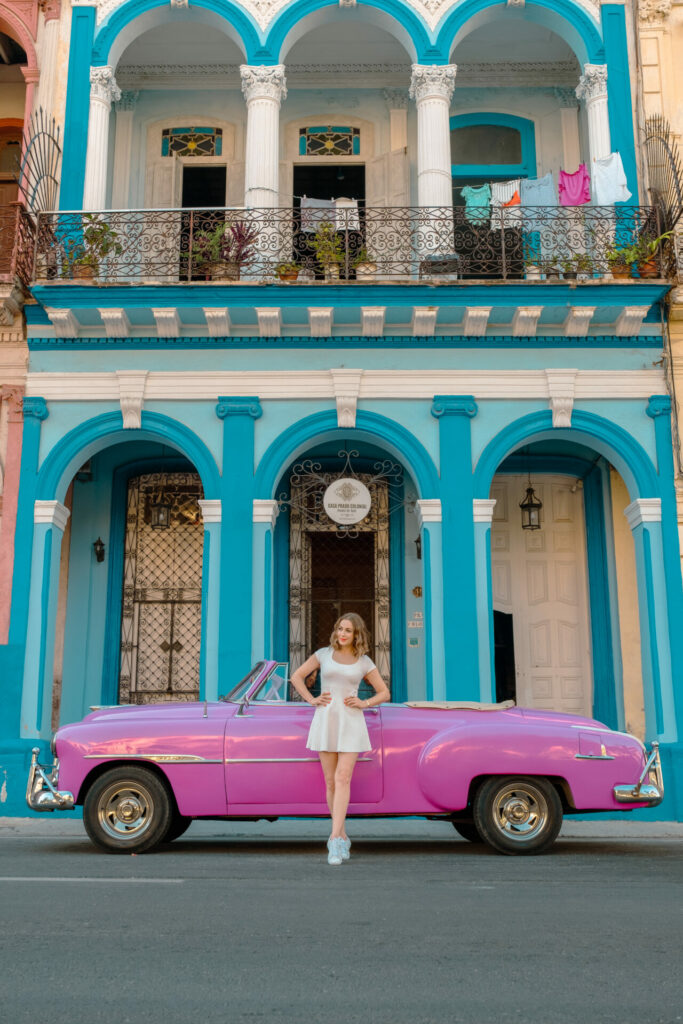
10 Things You Absolutely Must Know Before You Touch Down in Cuba
1. Mastering Money Matters in Cuba
Understanding the Dual Currency System in Cuba
Cuba’s economy operates on two currencies: the Cuban Peso (CUP) and the Cuban Convertible Peso (CUC). Understanding and handling these currencies is vital to navigating the country without overpaying or getting scammed.
Demystifying the CUC-CUP Divide
The CUC was introduced to replace the US dollar following dollar-centric tourism. While the CUC is pegged to the dollar, the CUP retains its domestic value. Both are widely accepted, but tourists are more likely to use CUC for almost everything. Know the exchange rates and use certified exchange bureaus to avoid black market pitfalls.

The Universal Use of CUC
Cuba’s economy operates on two currencies: the Cuban Peso (CUP) and the Cuban Convertible Peso (CUC). Understanding and handling these currencies is vital to navigating the country without overpaying or getting scammed.
Additionally, exchange your U.S. dollars for euros before your trip to secure better conversion rates. If staying in a ‘casa particular,’ local home-stays, ask your hosts for currency exchange, typically offering a more favorable ‘street’ rate.
2. WiFi Cuba: Internet, or Lack Thereof
You know that WiFi addiction you’ve been joking about? Well, Cuba is about to cure it. Internet in Cuba is not a right; it’s a luxury this island metes out carefully. Forget browsing through your social media feed or checking emails regularly; connections are scarce, and often slow.
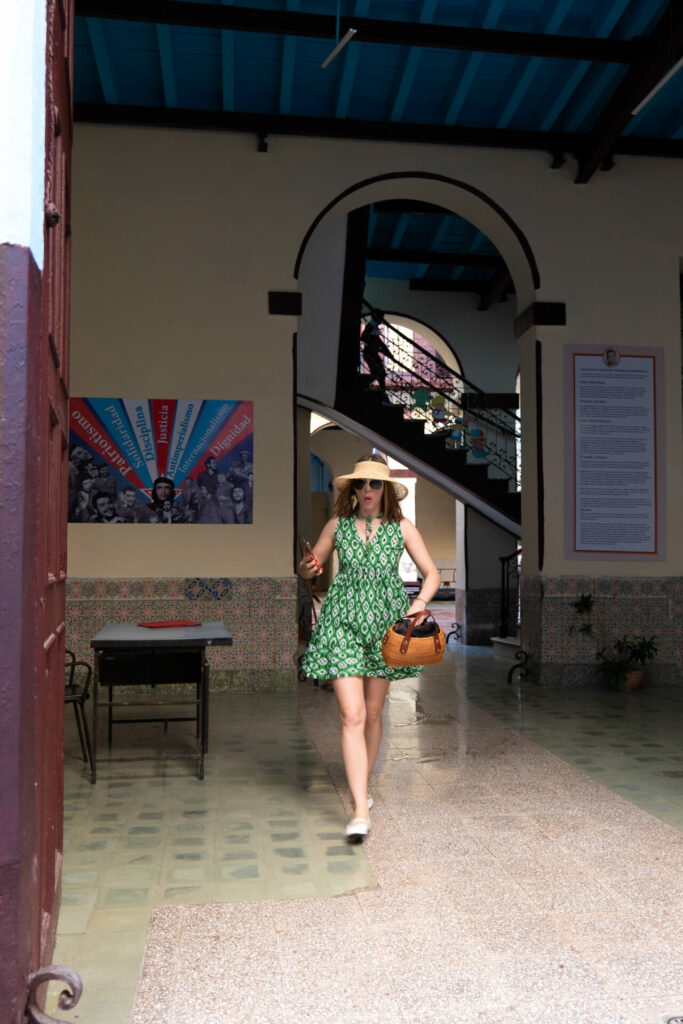
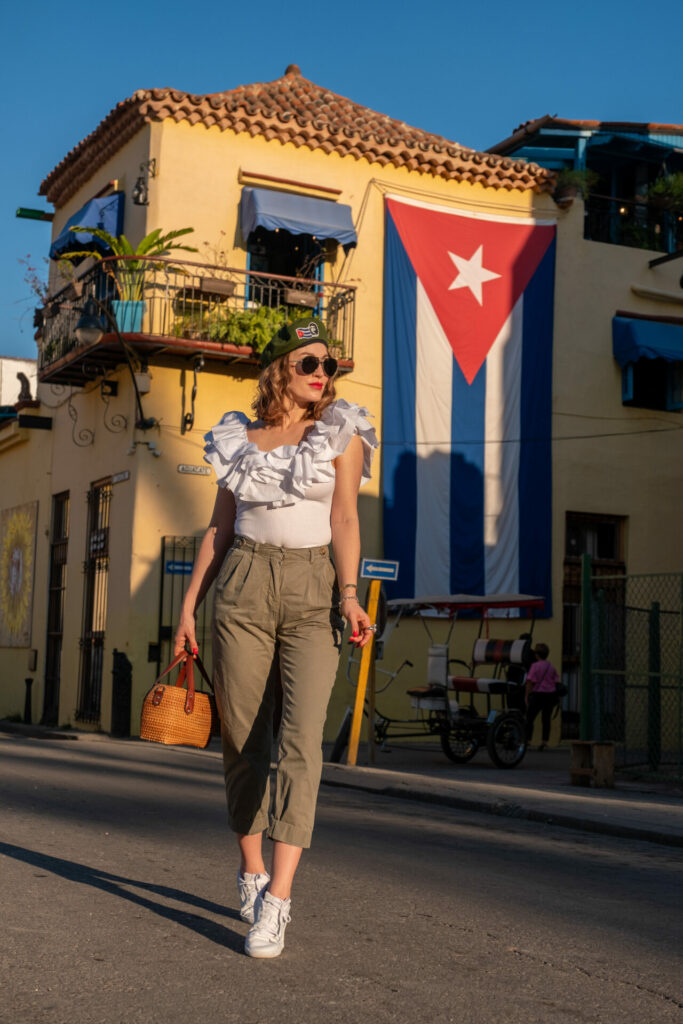
Wi-Fi and Cellular Services in Cuba Are Limited
ETECSA is the sole mobile operator in Cuba, and while you can easily buy a SIM card at the airport, using data services might be pricier than you’re accustomed to. Nevertheless, staying connected is possible with a little planning. Wi-Fi zones are available in certain areas, but buy an hourly card before you wish to log on, and expect the connection to be slower than usual.
Wi-Fi Parks in Cuba
In major cities like Havana, you can often spot a Wi-Fi park by the clusters of people huddled around their glowing screens. These open spaces have Wi-Fi access points, indicated by the presence of locals and tourists alike tapping into the digital ether.
Wi-Fi Cards in Cuba: Your Golden Ticket to Connection
To access Wi-Fi in Cuba, you’ll need to purchase an internet card, which can be found at various ETECSA (Cuba’s telecommunications company) outlets or resellers. Once the access code on your card is used, you’re online—for the specified time, that is.
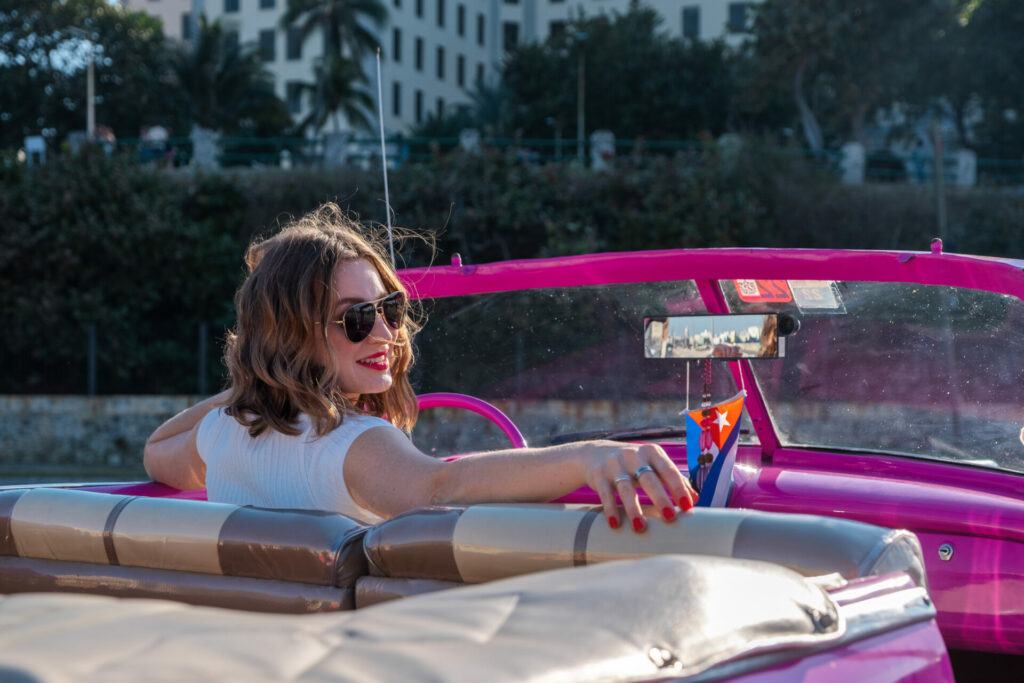
Plan Ahead: Workarounds and Alternatives
If you’re visiting Cuba and need reliable internet for work or to stay in touch with family, plan accordingly. Consider downloading necessary files in advance, using international roaming if possible, or purchasing a local SIM card.
3. Packing for Cuba : More than Just Clothes
You know you’ve arrived at the real beat of a nation when the Wi-Fi is sketchy, and your survival kit includes toilet paper and granola bars.
The art of packing for your Cuba trip involves more than just deciding on your wardrobe.Think of bringing items that may be challenging to find or expensive in Cuba, such as medications, snacks, and extra batteries. Pack a power bank for those smartphones and cameras, as power outages are common. And don’t forget to bring some cash—the U.S. credit and debit cards don’t work in Cuba, so it’s best to have money on hand.
The Packing Secrets They Won’t Warn You About:
Packing Toilet Paper for Cuba
It’s a fact commonly known to seasoned travelers that toilet paper isn’t always a given fixture in restrooms, and Cuba takes it up a notch. Here, it’s not only scarce but would resemble tracing paper in its sheer thinness. Stocking up on your own toilet paper is a must, not just for the restroom situations, but also to keep with you as the quintessential Cuban travel accessory. Think of it as your little passport to the modern world.
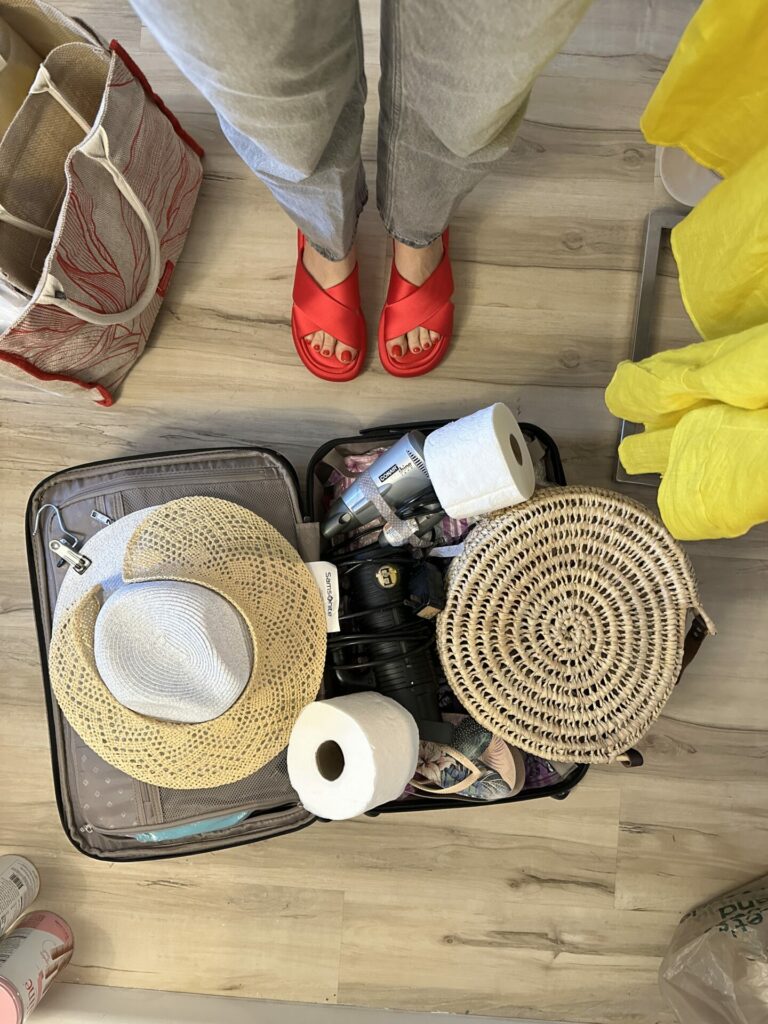
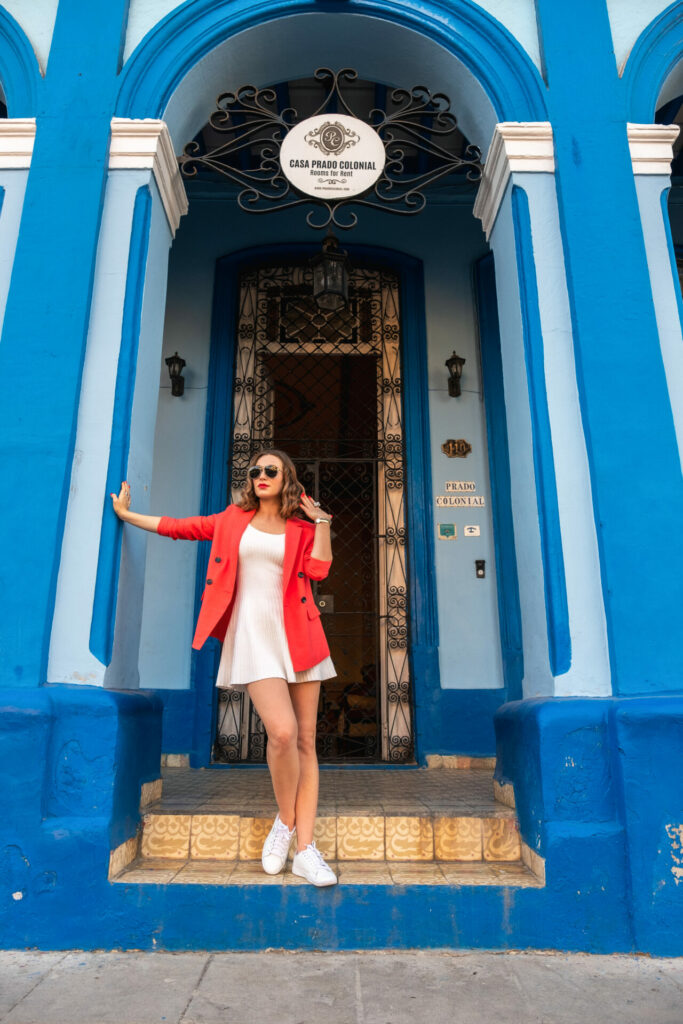
Packing Snacks
Food rationing is prevalent in Cuba, and while you’ll find a rich tapestry of flavors, snacks are a rare commodity. To stave off hunger pangs during improvised meals or when restaurants are scarce, pack a variety of non-perishable snacks.Granola bars, trail mixes, maybe even an emergency packet of crisps.Every seasoned traveler knows — hangry is never a good look. Pack snacks, and when you think you’ve packed too many, throw in some more.
Health and Hygiene:Access to Essentials
Access to over-the-counter medications isn’t as simple as it might be back home. Stock up on your essentials before your trip, including treatments for common ailments and, of course, any prescription medications. Minor inconveniences like a headache or a cut can be a bigger deal in Cuba, so pack your remedies.

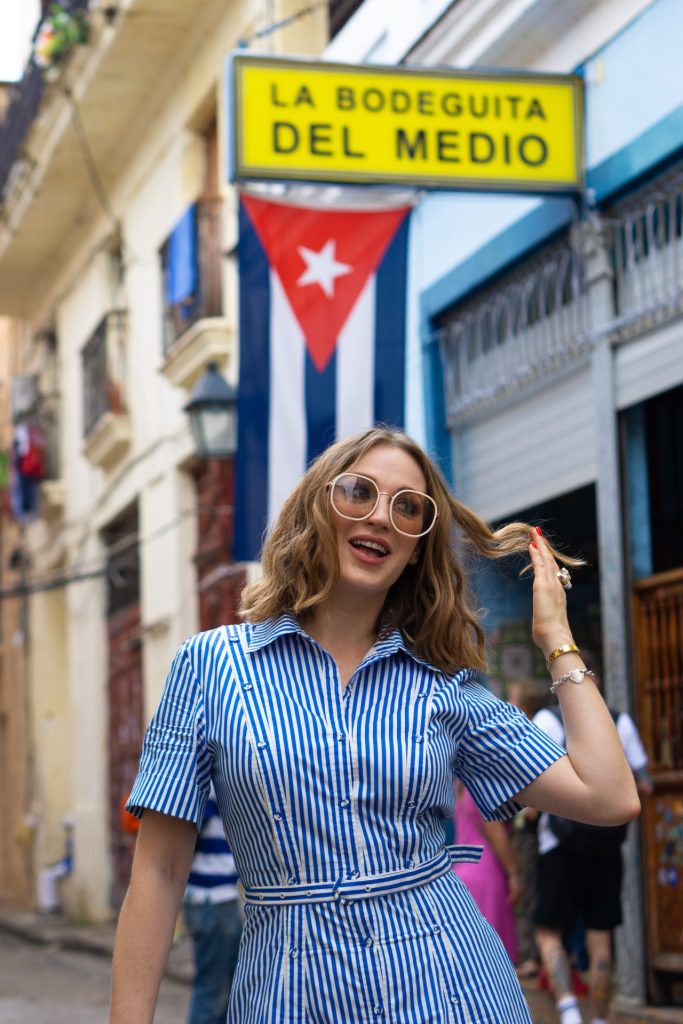
5. The Language Barrier
Brush Up on Your Spanish
Spanish is the primary language spoken in Cuba, which can present a barrier for English-speaking tourists. Though many staff in tourist areas speak English and other languages, knowing a bit of Spanish can go a long way in enhancing your experience and interactions with the local community.
6. Renting a Car in Cuba
It’s Possible, But There Are Restrictions
Renting a car in Cuba can provide an exciting opportunity to explore the island’s beauty independently. However, there are some restrictions to keep in mind. Travelers over the age of 21 with an international driver’s license can rent a car. Expect to pay a deposit and a daily rental fee, with the cost varying based on the type of vehicle. It’s important to note that driving conditions can be challenging, and road signage is not always clear.

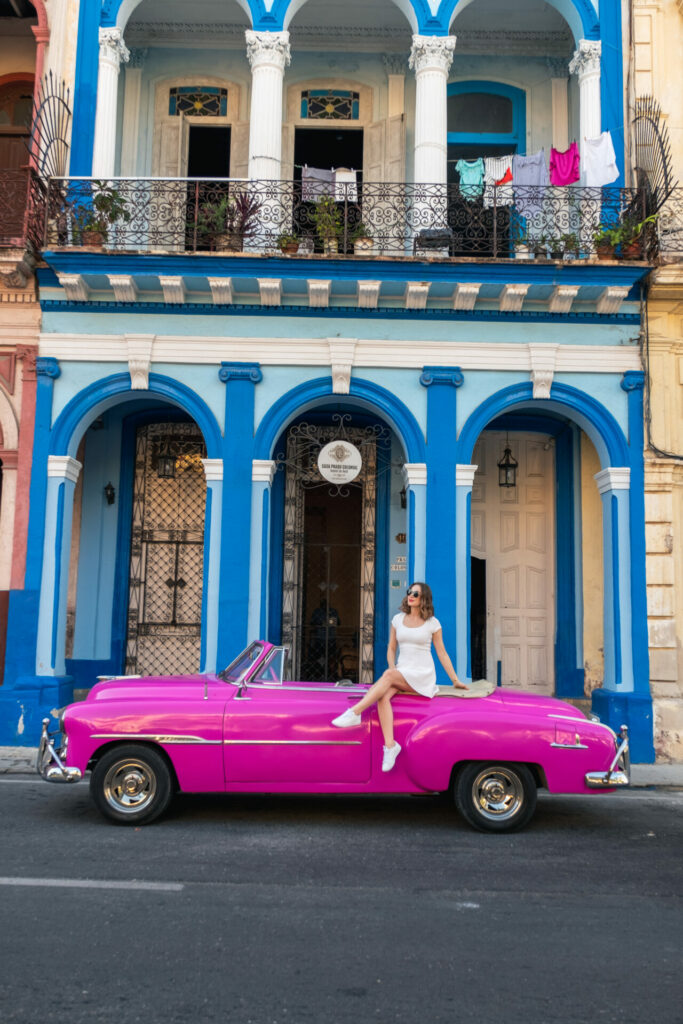
7. Safety in Cuba
Cuba is generally safe for tourists, with low crime rates compared to many destinations. However, as with any travel, situational awareness is key. Stick to well-lit, populated areas, especially at night, and avoid displaying valuables. Also, be mindful of certain neighborhoods and always keep an eye on your belongings, especially in crowded tourist areas.
8. Embracing the Island’s Rhythms: Cuban Time
In Cuba, time can be as fluid as its Caribbean shores. Known as ‘Cuban time,’ schedules and plans might not always run like clockwork. Embrace this delectable island idiosyncrasy with patience and a flexible itinerary. It’s a cultural immersion that often leads to delightful and unexpected experiences—just say ‘yes’ to the unplanned.


9. Best time go visit Cuba
The Ideal Season to Set Foot in Cuba
Cuba, blessed with a warm climate, offers a tropical haven to those seeking an escape from the winter chills. For the quintessential Cuban experience, planning your trip during the dry season, from November to April, is paramount. This season delivers comfortable temperatures, minimal precipitation, and serves as a sanctuary for beach enthusiasts looking to bask under the Caribbean sun.
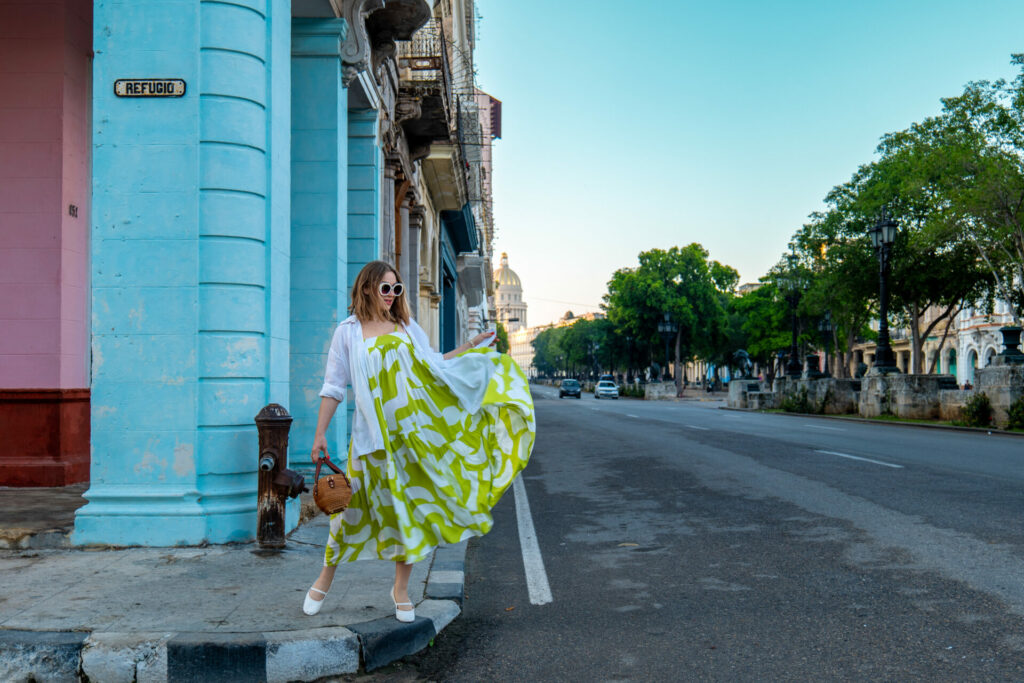
December to March: When the Island is Packed, but Not Boiling
Stomaching the tourist hordes isn’t everyone’s cup of tea (or cafecito) but these months offer the mildest—dare I say, safest—weather. However, the warm sun often peaks prices higher than the thermometer.
July and August:
Peak summer—hottest, busiest, and with a dash of rainy season drama, usually in the form of hurricanes.
If you’re a fan of weather that equates to sitting in a melting pot, then summer in Cuba is your jam. These are the liveliest months: schools shut, the beat of the music channels the island’s very pulse, and the beaches are more than just ‘hot’ property; they’re the hottest.
Rest of the Year: If you’re into off-the-beaten-sandy-track adventures, the season between March and June is your cool deal. The weather’s still splendid, and you have a decent semaphore indication on prices.
10. Where to Travel in Cuba: The Ultimate Destination Guide for American Travelers
Explore the Hidden Secrets of Holguin
Nestled on the eastern coast of Cuba, Holguin is a city of intriguing contrasts. It’s where Christopher Columbus is believed to have landed in 1492, and today, you can visit the Cross on Hill (Loma de la Cruz) that commemorates the event. Nature thrives in Holguin, and the forests surrounding the city are perfect for nature lovers and hikers. The stunning coastline is dotted with idyllic beaches, and the Bahia de Naranjo Natural Park is home to caves, cliffs, and underwater ecosystems awaiting exploration.
Bask in the Sun at Varadero
Known for its pristine beaches and clear waters, Varadero is the quintessential Cuban beach destination. Beachcombers and sun lovers will feel right at home on the 20 kilometers of sandy shores. The coast is fringed with resorts, restaurants, and lively bars, perfect for unwinding and soaking up the Cuban sun. Water enthusiasts can embark on a diving or snorkeling adventure to explore the coral reefs, or take a catamaran ride at sunset for an unobstructed view of the horizon.
Discover Caribbean Delight at Cayo Coco
This stunning island off the coast of the Ciego de Ávila province is connected to the mainland by a 27-kilometer causeway and offers a slice of paradise. With its gentle seas and soft sands, it’s an ideal beach retreat. Observe the vibrant marine life through the crystal-clear waters and indulge in a relaxing spa treatment at a luxurious resort. For those with a taste for adventure, the adjacent El Baga Natural Park offers an opportunity to commune with nature and observe the island’s indigenous flora and fauna.
Relax in Tranquility on Cayo Guillermo
Less than an hour’s drive from Cayo Coco, Cayo Guillermo will enchant you with its remote and peaceful ambiance. This is the island that captured the heart of Ernest Hemingway, who spent time here and is said to have been inspired to write “The Old Man and the Sea.” The long, soft beach of Playa Pilar is a sight to behold, and the dunes that back it offer a perspective unlike any other. Encounter the striking pink hues of Flamingos who call the island home and live out those castaway dreams on the untouched sands.
Experience Natural Beauty at Cayo Santa Maria
Cayo Santa Maria is a smaller island off the northern coast of Cuba, known for its splendid natural beauty. This key is part of the Jardines del Rey archipelago, a UNESCO-protected biosphere reserve. Admire the white sandy beaches and the azure sea, observing local wildlife or partaking in water activities such as sailing, diving, or fishing. For a taste of local culture, visit the nearby town of Remedios, known for its colonial architecture and lively music scene.
Immerse Yourself in History at Trinidad
The town of Trinidad, founded in the 16th century, is a living museum. Its cobblestone streets are lined with pastel-hued colonial houses and open into grand colonial squares, including the Plaza Mayor. Explore the Valle de los Ingenios, a valley dotted with 19th-century sugar mills, or hike in the nearby Topes de Collantes National Park for picturesque views of the countryside. Water lovers can enjoy the nearby beaches and dive into the coral reefs of the Caribbean Sea.
Final Thoughts: The Real Cuba
It’s important to enter Cuba with an open mind and a heart ready for its unique character. The beauty of the island lies in its contrasts: the timeless echoes of Spanish architecture against the swaying palms of pristine beaches, the warmth of its people juxtaposed with the frugality of their daily lives.
The Enchantment and the Challenges
Expect enchanting music wherever you go, but also be prepared for the practical challenges of traveling in a country that’s at the crossroads of modernization. Keep an adventurous spirit, and treat each challenge as an opportunity to learn and grow.
Connect to Disconnect
Ironically, travel to Cuba presents an extraordinary chance to disconnect from the digital world and truly immerse yourself in the present moment. Take advantage of this unique feature and savor the unfiltered experiences that the island offers.
The Heart of a Havana Home
Staying in a ‘casa particular’ isn’t just cost-efficient; it’s a chance to live in a Cuban home, sharing meals, stories, and finding out the pulse of the neighborhood. These homes offer an unparalleled insight into daily Cuban life, and the experience is as authentic as it gets.
Conclusion: Experience Cuba Beyond the Glam
Your Cuban adventure is more than memories of mojitos and the ghostly strumming of a distant guitar. It’s about being resourceful, embracing the unknown, and making friends with a country that truly dances to its own beat. Cuba may not come in the cookie-cutter shape of typical travels, but then, isn’t that why we explore?
For that single-serving packet of toilet paper, for those sporadic slices of Wi-Fi, and for all the unsung adventures that make it all truly worth it. Pack light with the real essentials — an open mind, a generous spirit, and, um, definitely some extra snacks. Welcome to Cuba.




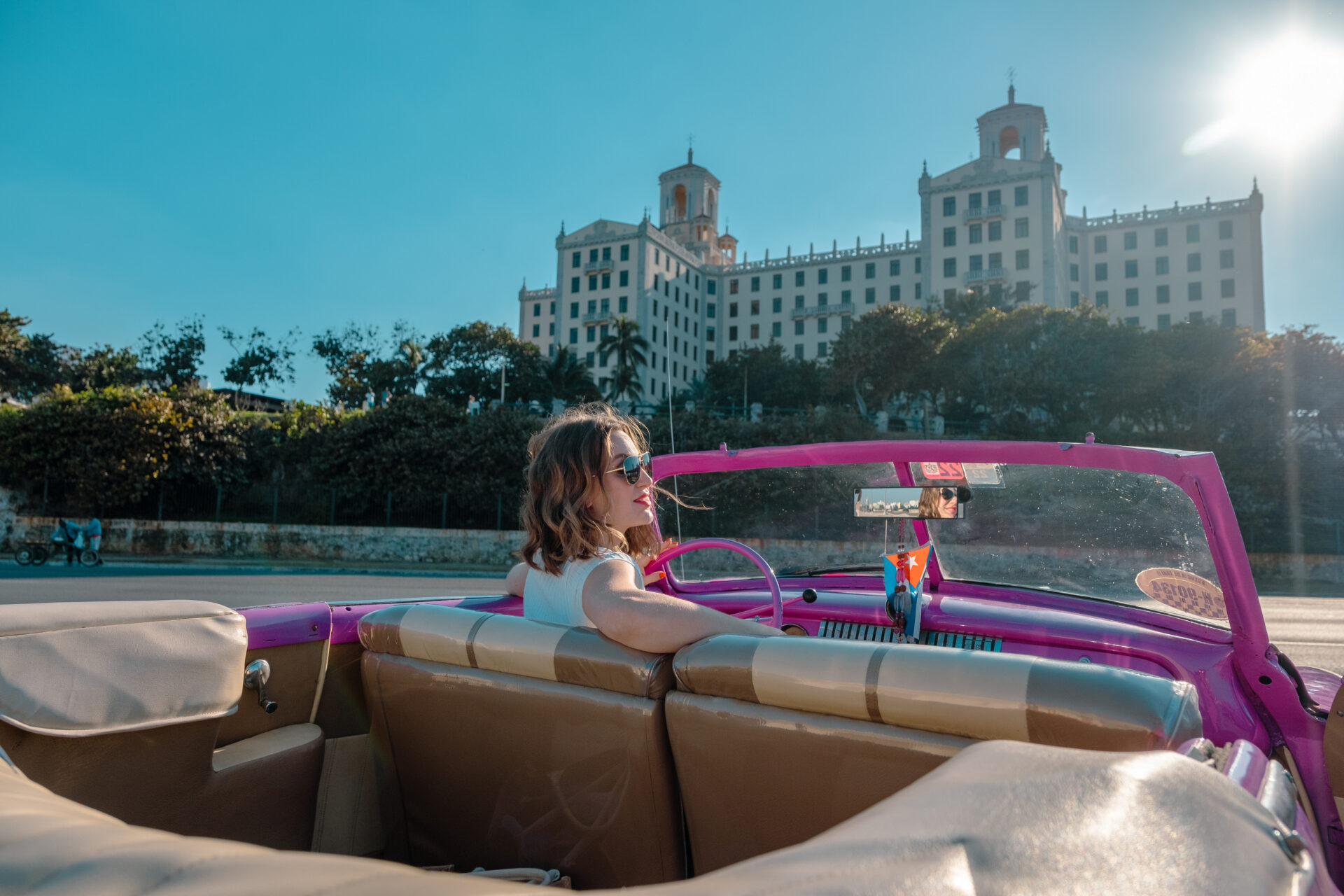
Leave a Reply